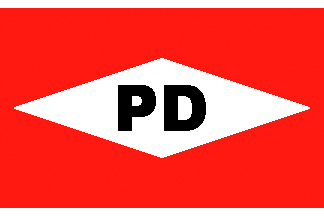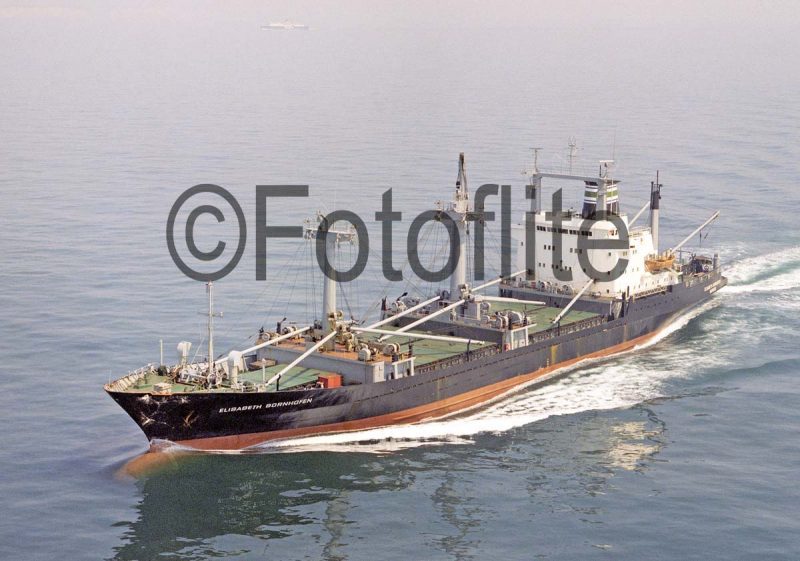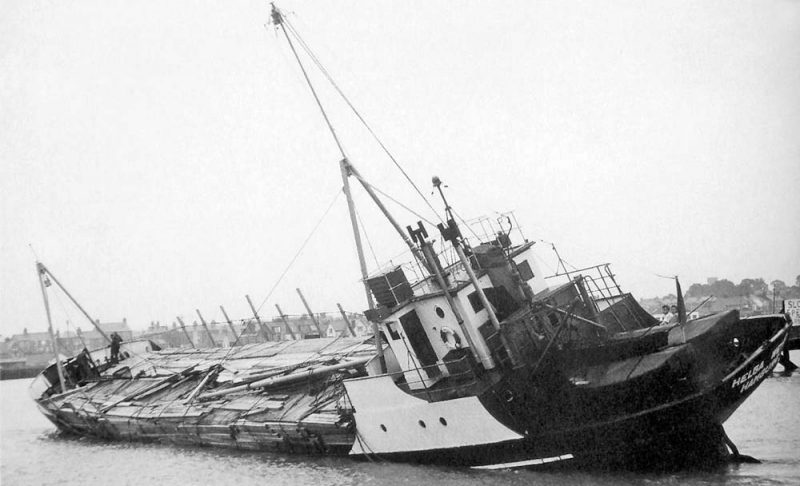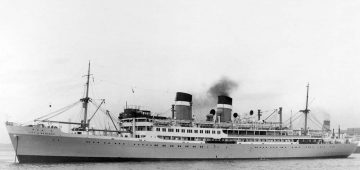The Largest Shipmanagement Company in Europe
![]()
 The Peter Döhle Group is the largest of six big container ship management companies domiciled in Hamburg, the others being Claus-Peter Offen, E. R. Schiffart (Blue Star Holdings), the reconstructed Rickmers Reederei and Zeaborn Group, NVA Norddeutsche, and NSB Niederelbe, and together account for 35% of the world container ship tonnage. Peter Döhle Schiffahrts K.G. emerged from the long established Hamburg shipping company of Robert Bornhofen Reederei in 1962 when Peter Döhle split away and set up his own business and continued as a sole proprietor under his own name. Peter Döhle had joined Robert Bornhofen Reederei in 1956, and from 1962 served as the principal partner of the Peter Döhle Group of companies until his death in 2001.
The Peter Döhle Group is the largest of six big container ship management companies domiciled in Hamburg, the others being Claus-Peter Offen, E. R. Schiffart (Blue Star Holdings), the reconstructed Rickmers Reederei and Zeaborn Group, NVA Norddeutsche, and NSB Niederelbe, and together account for 35% of the world container ship tonnage. Peter Döhle Schiffahrts K.G. emerged from the long established Hamburg shipping company of Robert Bornhofen Reederei in 1962 when Peter Döhle split away and set up his own business and continued as a sole proprietor under his own name. Peter Döhle had joined Robert Bornhofen Reederei in 1956, and from 1962 served as the principal partner of the Peter Döhle Group of companies until his death in 2001.
Jochen Döhle, son of Peter Döhle and Margot Döhle, was born in Hamburg on 28th October 1955, and he graduated in 1974 and trained as a shipping specialist with Ernst Russ in Hamburg and with insurance broker Jauch and Hubener of Munich and then worked for London and Paris insurance and freight forwarding brokers before joining the Peter Döhle Group as a managing partner on 1st May 1981. Christoph Döhle, his cousin born in 1965, later joined as a managing partner, and later still Jan Döhle, eldest son of Jochen Döhle and grandson of the founder, joined in November 2016 to manage the Peter Döhle Group along with Jochen Döhle and Christoph Döhle.
Robert Bornhofen Reederei (1911-1985)
Robert Leopold Bornhofen was born on 15th October 1880 in Koblenz and established a tugboat and lighter service on 1st May 1911. He became a steamship owner in 1923, and during the inter-war years he had a big fleet of coastal vessels engaged in the trade from North West Europe to the U.K. and the Baltic. The fleet had names such as Angeln, Kurland, Marta, Nordmark, Steinburg, Stormarn, Traunstein and Wagrien, names that were perpetuated in the motor coasters that traded in the Peter Döhle agency fleet after 1962, known as a Vertrauensmakler in Germany by shipowners, as an onshore agent to charter, operate and cost account the coasters for shipowners serving at sea.


The entire Bornhofen fleet was lost during World War II, and the victorious Allies imposed stringent conditions on German shipowners, only allowing tugs and specialised coastal craft to operate until 1950. Hamburg had been totally destroyed by British and American bombers, with hardly a building left standing that had not been severely damaged. General George C. Marshall, Head of the U.S. State Department, announced in a speech at Harvard University on 5th June 1947 that America would give Germany large scale economic assistance. The Marshall plan was passed by Congress on 3rd April 1948 and was designed to help rebuild Germany and the rest of Europe.
German shipbuilding had got back into its stride in the 1950s, with 0.52 million gross tonnes in 1952, 0.81 million grt in 1953, 0.975 million grt in 1954, 0.93 million grt in 1955, 1.00 million grt in 1956, 0.81 million grt in 1957 and 1.06 million grt in 1958, the 1958 figure showing a remarkable percentage increase over 1957 and with 67.3% of the tonnage exported to overseas shipowning nations. MacAndrews & Co. Ltd. of London had eight fruit carriers built between 1954 and 1959 in German yards as Valdes, Valdivia, Velarde, Velazquez, Verdaguer, Villegas, Vives and Vargas of up to 2,650 dwt and sixteen knots service speed, while Blue Star Line had the fine cargo-liner Newcastle Star built in 1956 of 12,150 dwt with accommodation for six First Class passengers by the Bremer Vulkan yard at Bremen and powered by M.A.N. oil engines built at Augsburg.

Subscribe today to read the full article!
Simply click below to subscribe and not only read the full article instantly, but gain unparalleled access to the specialist magazine for shipping enthusiasts.



Comments
Sorry, comments are closed for this item